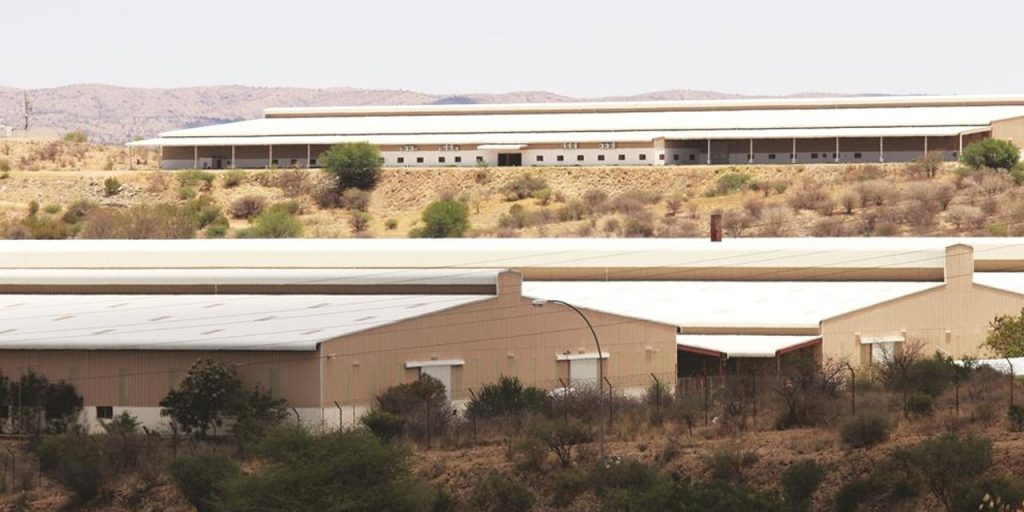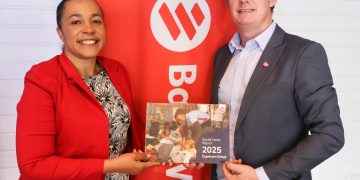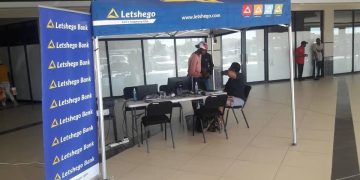
The City of Windhoek expects job creation and an economic boost for the capital from the proposed Ramatex lease deal.
The Municipal Council has granted in-principle approval for Grow More Investments CC, a subsidiary of Rani Group International, to lease Portions 7 and 8 of Farm 466 in Otjomuise for logistics and manufacturing purposes over 25 years.
The two plots cover 41,258 m² and 42,306 m² respectively and include the Tai-Wah Warehouses, which will remain in operational use.
Grow More currently employs around 3,500 people across 56 retail shops and eight manufacturing outlets nationwide. The company plans to increase its workforce to 10,000, potentially creating 6,500 new jobs. “The approval is expected to enable Grow More Investments CC to continue its operations at the site, while contributing to job creation and local economic development,” the Council said.
City spokesperson Harold Akwenye emphasised that the site will only be handed over once a legally binding lease agreement is concluded. “The 13 September 2026 deadline is a practical measure to ensure orderly processing, full completion of negotiations, and fulfilment of all legal and administrative requirements,” he said.
The Ramatex property has been the subject of debate for almost 17 years following the liquidation of Ramatex Textile Namibia. The buildings were lawfully acquired by Grow More Investments and Namica Investments from the liquidators and remain privately owned.
Originally, the court had ordered that the structures be dismantled and the land rehabilitated. However, due to financial and logistical challenges, Grow More and Namica proposed a lease arrangement, which the City approved under Section 11 of the Local Authorities Act.
The initial proposal suggested a monthly rental of N$100,000 per portion, or N$200,000 in total. The Council resolved that the final rental will instead be negotiated between the parties and submitted for consideration upon conclusion.
“Should the lease not be finalised by 13 September 2026, the structures must be removed and the land rehabilitated to its original state at the applicant’s cost,” the Council added













